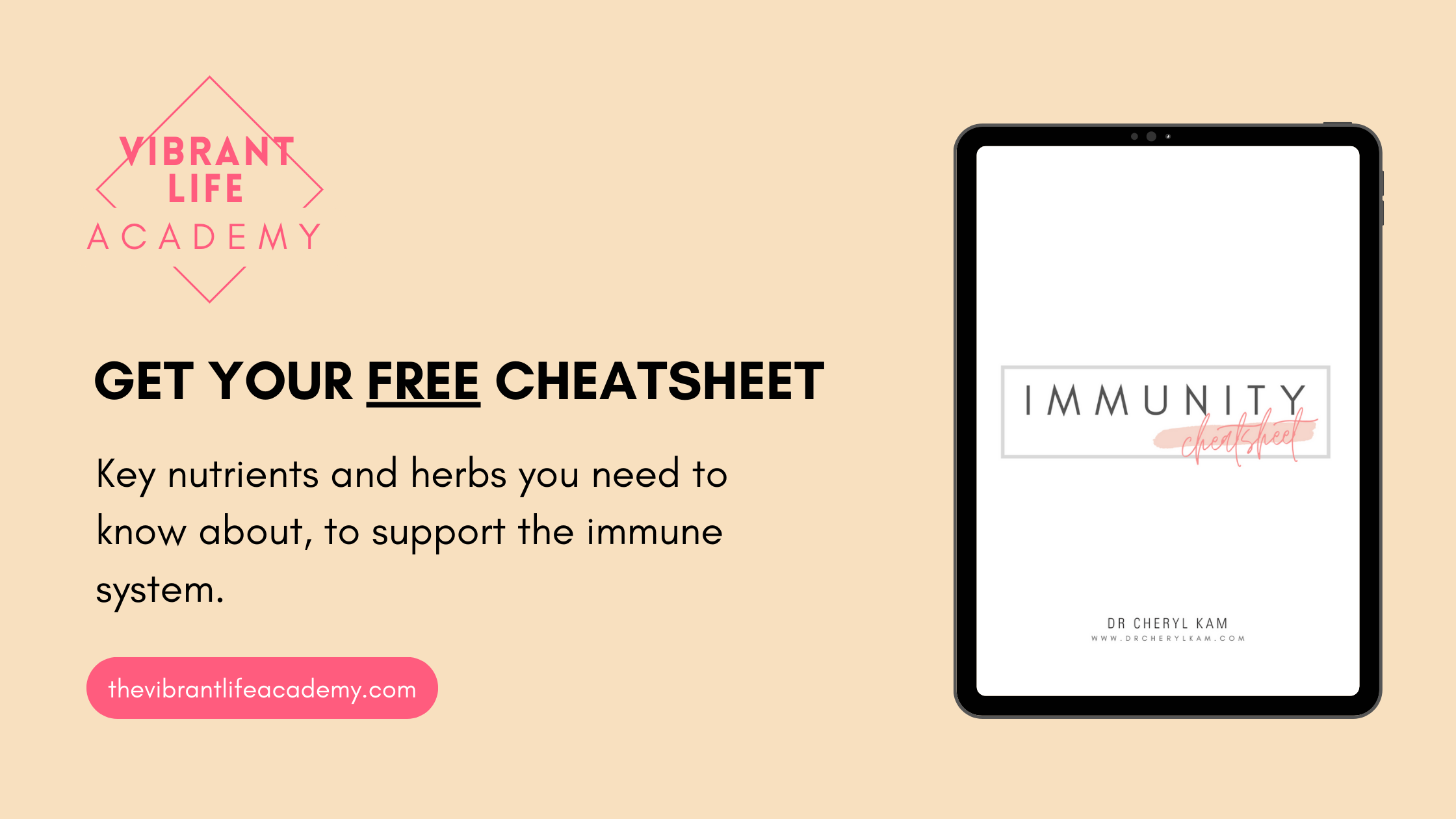Unveiling the Truth Behind "Normal" Test Results: Are You Really Healthy?
Aug 11, 2023
Are you Really Healthy?
It's a frustrating scenario we've all experienced – being told that our test results are "normal" while still feeling far from our best. Whether it's from a physician, friend, or family member, those words can leave us with a million questions. This sentiment resonates deeply with me as a healthcare professional, as I often find myself pondering:
- What tests did you undergo?
- Are you following optimal ranges?
- Is your goal to achieve peak health?
- Does your doctor possess specialized knowledge in nutrient therapy to provide accurate recommendations?
Let's delve into a glaring example that highlights the limitations of relying solely on test results – the case of serum Copper and serum Zinc levels.
Decoding the Significance of Copper: Zinc Ratio
Achieving equilibrium between copper and zinc, at a 1:1 ratio, is crucial for optimal health. An imbalance can lead to a host of issues that are often dismissed by conventional "normal" ranges. Here's what can occur:
-
Excess Copper, Deficient Zinc: When copper overwhelms zinc, symptoms such as irritability, hormonal imbalances, and restlessness arise from the excess copper. Concurrently, zinc deficiency symptoms manifest, including low immunity, stretch marks, brittle hair, poor energy, digestion problems, and bloating.
-
Excess Zinc, Deficient Copper: On the flip side, an excess of zinc compared to copper results in copper deficiency symptoms, including fatigue, palpitations, and anemia.
The Misleading Facade of "Normal" Test Results
The dilemma emerges when both copper and zinc levels fall within the "normal" range but fail to maintain the delicate balance. Standard medical practitioners may lack the expertise to interpret these nuances, leaving you potentially untreated.
The Corrective Path: Restoring Balance
Addressing these imbalances is remarkably achievable, provided you know the right steps:
-
High Copper State: If you find yourself in a high copper state, initiate a daily supplementation of 15mg zinc.
-
Low Copper State: Conversely, if copper is deficient, embark on a journey of balanced recovery. Begin with 15mg zinc daily and introduce 2mg of copper daily for two months. Reassess to gauge improvements.
The Pitfall of Overeager Zinc Supplementation
A word of caution – attempting to expedite zinc replenishment through high doses is counterproductive. Patience is key due to the gradual development of Metallothionein (MT), a mineral-carrying protein. Refrain from doses exceeding 30mg daily without supervision to prevent copper dumping, toxicity issues, and detrimental drops in copper levels.
Slow and Steady Wins the Race
In the realm of zinc deficiency recovery, the tortoise approach triumphs over the hare. Gradual restoration, marked by consistent and cautious supplementation, is your best strategy for success.

Embrace Balanced Wellness
In the quest for true health, trusting solely in "normal" test results can lead you astray. The intricate interplay between copper and zinc highlights the importance of individualized approaches to healthcare. Optimal well-being demands a thorough understanding of your body's unique requirements and a commitment to restoring harmony where imbalances persist. Don't settle for the illusion of normalcy – strive for vitality, one balance at a time.


